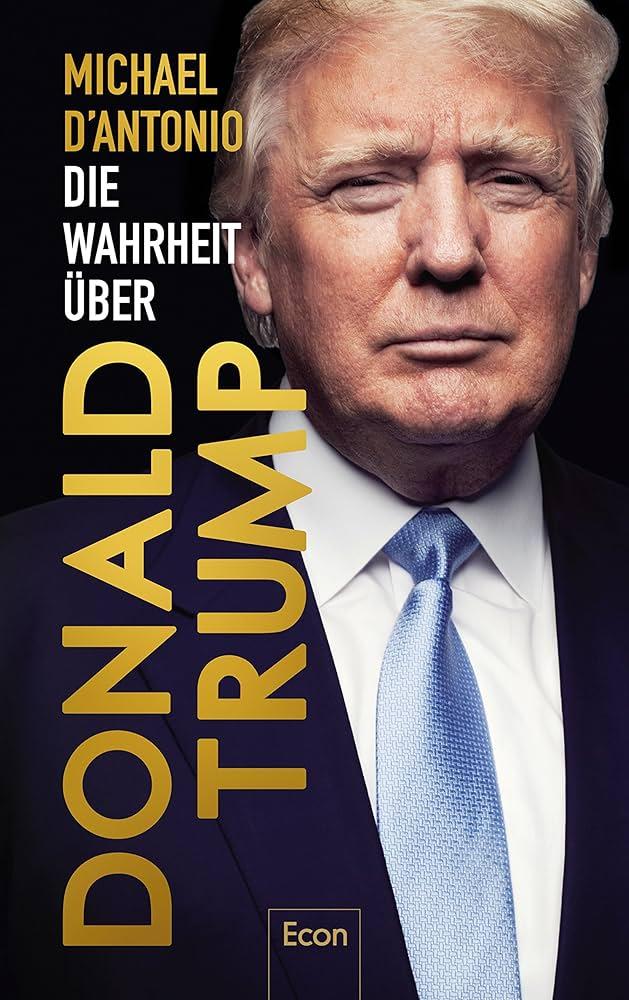In 2025, tensions between the United States and China have escalated once again as the Trump administration resurfaces its contentious trade policies, marking a renewed chapter in the ongoing trade war. Reuters reports that these measures, aimed at curbing China’s economic influence and addressing longstanding grievances over intellectual property and market access, have triggered significant ripples across global markets. This article examines the latest developments in the Trump-era trade conflict, the economic repercussions, and the potential implications for international trade relations moving forward.
Trump’s Trade War Escalates with New Tariffs Targeting Chinese Technology Sector
In a significant escalation of economic tensions, the latest set of tariffs announced by the U.S. government specifically targets key components of the Chinese technology industry – a move that signals a strategic effort to curb China’s growing influence in critical tech sectors. The tariffs, which come into effect immediately, affect a broad range of products including semiconductors, advanced computing equipment, and telecommunications infrastructure. Industry analysts warn that these measures could disrupt global supply chains and further intensify the already fragile trade environment between the two nations.
The impact of these tariffs is expected to ripple across various sectors, potentially compelling multinational corporations to reconsider their manufacturing and sourcing strategies. Below is an outline of the principal categories affected by the new levies:
- Semiconductor components: Chips crucial for AI and 5G technologies
- Advanced networking hardware: Including routers and switches
- Consumer electronics parts: From smartphones to smart home devices
| Sector | Tariff Increase | Start Date |
|---|---|---|
| Semiconductors | 15% | June 1, 2025 |
| Networking Hardware | 20% | June 1, 2025 |
| Consumer Electronics Parts | 10% | July 15, 2025 |
Experts Analyze Economic Impact on US Manufacturing and Consumer Prices
Recent analyses reveal that the prolonged trade friction initiated during Trump’s administration continues to reshape the US manufacturing sector. Experts point to disrupted supply chains and increased tariffs as core factors that have led many companies to reconsider their production strategies. Notably, there has been a shift towards reshoring efforts, though this transition has generated mixed outcomes. While some manufacturers have benefited from reduced dependency on Chinese imports, others face elevated operational costs that are gradually trickling down to consumers.
Consumer prices, especially for electronics and household goods, have experienced upward pressure linked to these ongoing trade policies. Economists emphasize several key consequences:
- Higher retail prices: Tariffs on key components have raised costs for retailers and consumers alike.
- Inflation concerns: Persistent supply constraints contribute to overall inflation in the product segments impacted.
- Market volatility: Uncertainty in trade negotiations exacerbates price fluctuations and investment hesitancy.
| Sector | Impact | Price Change |
|---|---|---|
| Consumer Electronics | Supply chain delays | +6% |
| Automotive Parts | Tariff-related cost hikes | +8% |
| Home Appliances | Raw material scarcity | +4% |
Policy Recommendations Urge Strategic Negotiations and Diversification of Supply Chains
Amid escalating tensions, experts emphasize the necessity for calibrated diplomatic engagements to mitigate the adverse impacts of the prolonged trade conflict between the U.S. and China. Policy advisors recommend that stakeholders in Washington prioritize targeted negotiation frameworks focused on key sectors vulnerable to tariff instabilities. This strategic approach aims to foster mutually beneficial agreements while minimizing disruptions to global markets. Simultaneously, there is a growing consensus around enhancing alliances with alternative trading partners to buffer economic shocks inherent in prolonged confrontations.
To bolster economic resilience, diversification of supply chains stands out as a critical pillar. Corporations and governments are encouraged to explore multi-regional sourcing strategies, reducing overdependence on any single market. Key recommendations include:
- Investing in Southeast Asian manufacturing hubs to capitalize on emerging economies
- Enhancing digital infrastructure for improved supply chain transparency and agility
- Developing domestic capabilities in critical industries to safeguard national interests
| Policy Focus | Expected Outcome | Timeframe |
|---|---|---|
| Targeted Bilateral Negotiations | Stabilized tariffs & trade terms | 6-12 months |
| Supply Chain Diversification | Reduced disruption risks | 1-3 years |
| Domestic Industry Investment | Increased economic sovereignty | 3-5 years |
Future Outlook
As the Trump administration’s trade war with China enters its fourth year in 2025, the long-term impacts on global markets and diplomatic relations remain uncertain. While some sectors have adapted to the shifting economic landscape, others continue to feel the strain of tariffs and retaliatory measures. Analysts caution that the evolving trade policies will require careful navigation by businesses and governments alike as both nations weigh the benefits and costs of their ongoing economic confrontation. Reuters will continue to monitor developments in this critical international issue.




